How to promote your SaaS product in the international market
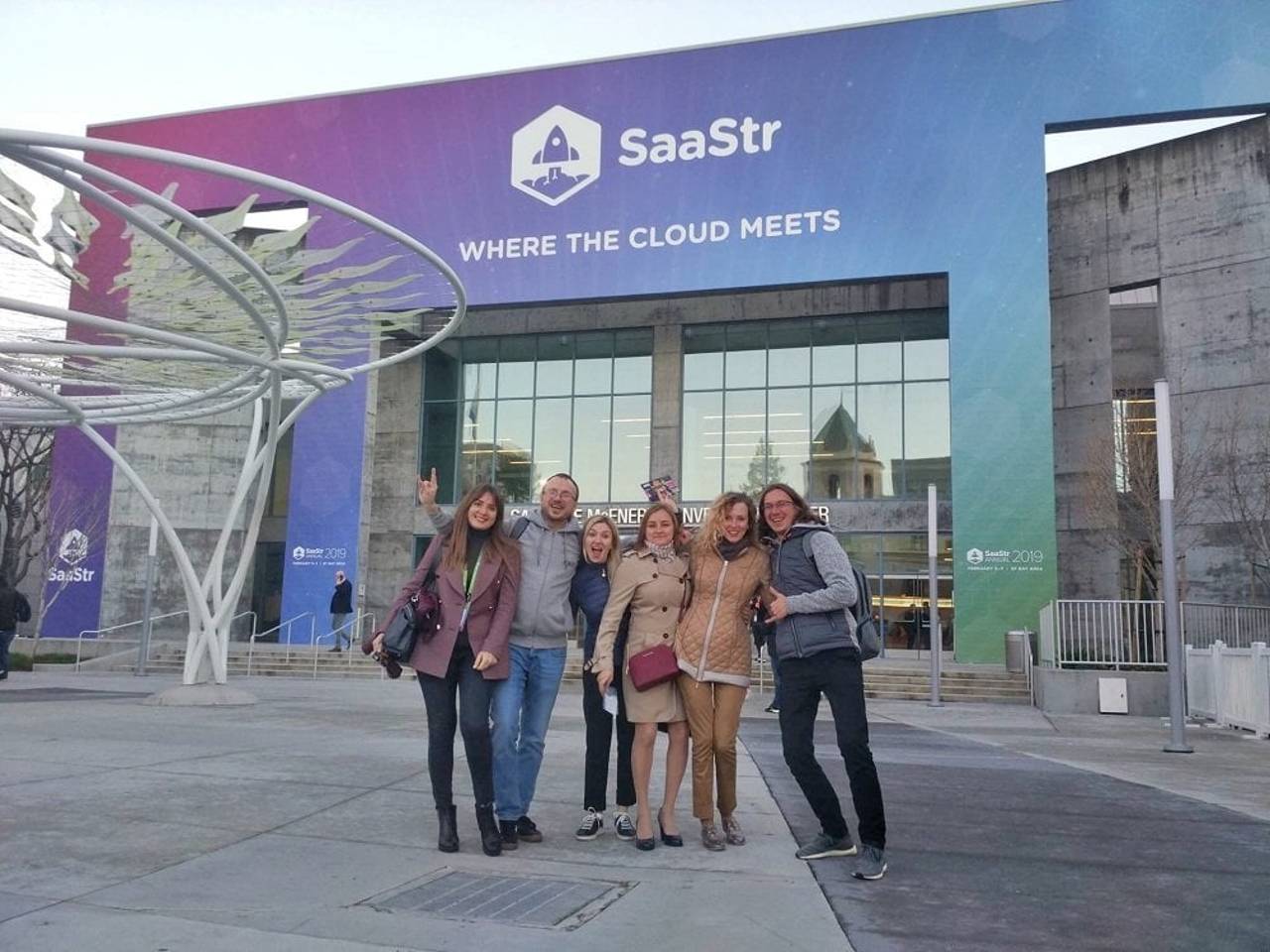
SaaStr is a keystone event for many SaaS professionals, we share the highlights with you in hopes that they can help inform your marketing, sales and product development strategies.
From February 5 to 8, our team was in San Francisco and San Jose at SaaStr Annual, the biggest conference for SaaS professionals. Every year, we head there to learn from leaders in the field around the world, share our own knowledge and discover useful insights for future projects. Since this conference is a keystone event for many SaaS professionals, we decided to share the highlights with you in hopes that they can help inform your marketing, sales and product development strategies. Let’s dive right in!
This year, SaaStr gathered over 12,500 attendees from countries all over the world. More than 200 sessions took place over the course of three days, each examining how to scale your business quickly and effectively. Over 300 world-renowned SaaS experts from Amazon, Atlassian, Slack, Dropbox, Survey Monkey, Hubspot, Salesforce, ZenDesk, Zoom, Intercom and others shared their experience creating and promoting premium products. All of this was executed with careful planning, and topped off with productive networking, during which we had a chance to rub shoulders with top talent at the biggest companies in our field.
Summary
There’s no need to fool yourself into thinking that it’s easy to reach the coveted $1B ARR valuation. This is usually achieved by companies with steady and consistent growth over many years – not those that lucked out and filled a niche. If you look at the top SaaS companies, it’s evident that it takes 17 to 20 years, on average, to reach that level of success.
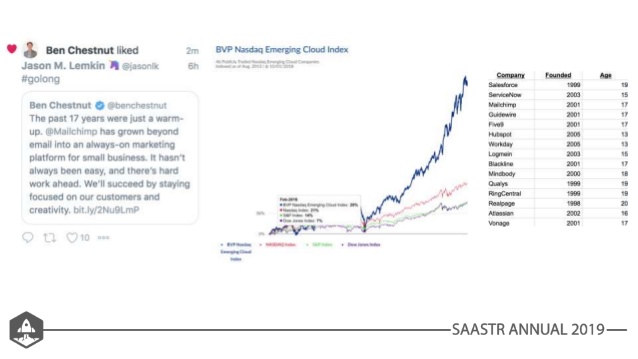
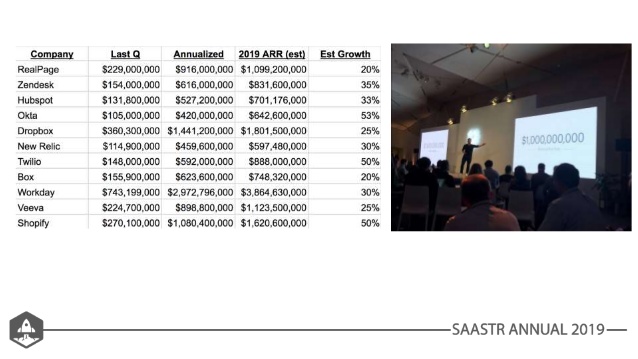
ARR billionaires’ club
On sales and marketing
Many sessions were dedicated to topics related to marketing, sales and development of potential clients. A unifying theme of these talks and workshops was rethinking the funnel. Hubspot’s CEO and founder Brian Halligan called his new approach to lead generation "the flywheel model": the idea that customer marketing becomes more important as the majority of new clients learn about your business through word of mouth.
If you serve your existing customers in the best possible way, this won’t only help reduce churn and increase long-term growth, but can also help acquire new business. Although many teams have adopted this framework already, Halligan’s presentation showed that it’s worth doubling your offer to your customers and allow them to provide you with feedback about their customer experience. As customer acquisition costs grow, the flywheel can help you grow your business exponentially.
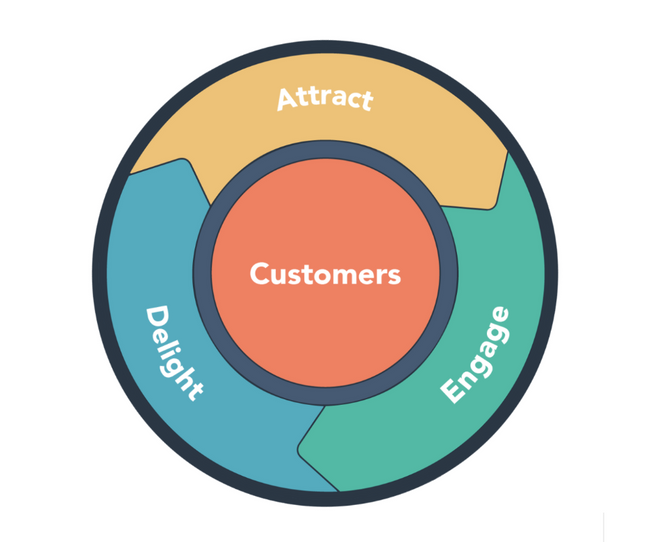
Sales, marketing and product growth are becoming more closely connected with customer experience: “focus on people, not product.” Nowadays, nearly every sales manager has to take a two-week course in which they’re immersed in the customer's experience and learn to address their target audience’s pain points. “Offline” events are mainly used for educational activities and community-building.
Tomasz Tunguz from Redpoint Ventures had a great presentation about free trial periods. Among the various options (for example, a trial run with limited capabilities or a limited feature list), Tunguz highlighted time limits as the most effective trial tool. There are many opinions about how long a trial run should last, but Tunguz presented evidence to the fact that a longer duration (for example, 30 days) is less effective than a shorter time period (7 days) from the conversion standpoint.
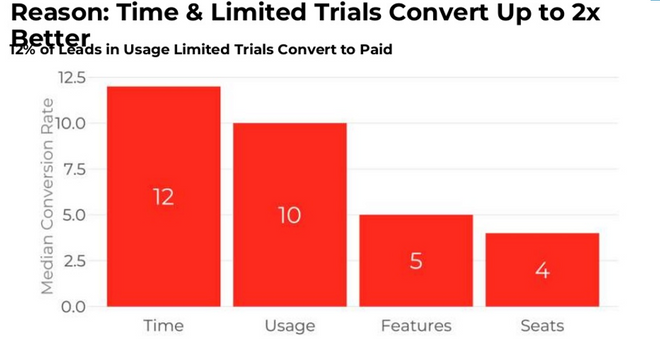
We were very impressed by the panel discussion with Dropbox’s Kady Srinivasan and Elena Verna from Malwarebytes, which focused on team structure for marketing operations. One of their suggestions was to divide the team into individual groups, with each responsible for its own stage in the conversion process. For example, one group can take on traffic referrals to the website, another can be assigned to the website and conversion coefficient, a third can focus on ad campaigns, and a fourth on retention. Each group would consist of experts in different fields, without limiting the teams to only marketers, in order to find the best solution. This is a very cool idea for big marketing teams!
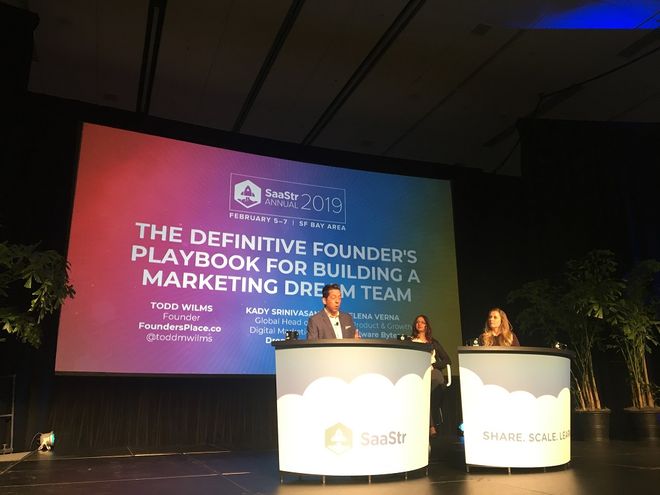
Christelle Flahaux from Host Analytics, Joelle Kaufman from Dynamic Signal and Heather Zynczak from PluralSight discussed some current top SaaS marketing trends. One of them is a close collaboration between BDRs (Business Development Representative) and marketers to find the most effective lead-generation strategies for different campaigns. This collaboration is quite popular in the States and will likely soon be taken up by teams in other countries.
Quora is becoming an essential tool for all companies wanting to move their products to the international market. JD Prater from Quora shared a promotion strategy for the platform, which is based not on advertising but the so-called SM Talks – access to thought leaders from the company.

The bottom line from most sales presentations: specialist teams are more effective than generalist ones. The majority of speakers agreed that every manager should be analyzing each funnel stage separately. A mediocre generalist manager can be particularly skilled in a specific stage of the funnel, in certain sales channels or methods. By knowing the strengths of each sales manager in the context of the funnel, you can assign sales specialists according to their unique skill set.
"Always be closing helping". This motto has to do with creating a “Hunter-Helper” culture on your sales team, where the sales manager is also playing the role of business consultant for the customer and helps address certain pain points, instead of just closing the deal.
For enterprise marketing, baby steps were recommended: "Land & Expand" (start small, get a food in the door) – even the smallest clients at first glance can be developed into Enterprise-level business through customer marketing.
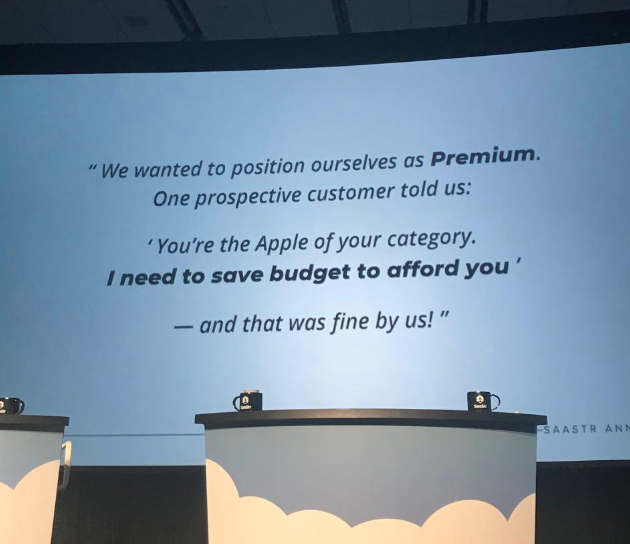
When it comes to Enterprise clients, you have to be ready with a tailor-made approach to the client’s needs, so it’s important to establish communication between sales/product/CS right at the sales stage.
On distributed teams and remote work
The traditional 8-hour workday in the office is dead and won’t be making a comeback. Organizing distributed labour has many challenges, but they’re unavoidable – it’s important to work on finding new solutions instead of returning to the status quo.
Seth Shaw, InVision’s chief sales officer, shared his experience working with remote teams. The company reached the $100 million ARR without ever having a physical office. Their 100% remote team model is working a lot better than the hybrid model, where only select teams work remotely. This is a very interesting concept, of which we’ve definitely taken note. Distributed teams are always working toward streamlined communication, to the point of replacing the term “remote” with “distributed team.” In this context, video plays a pivotal role (a lot of people mentioned video at SaaStr) – every call includes video. VMWare emphasized the vital role video plays in establishing emotional connection during interactions.
It’s also important to divide up labour among distributed teams in clear workflows: responsibility, accountability, etc. The 15five app is a very popular tool for internal management: setting OKR, receiving feedback from staff, personal goal-setting, 1:1 meeting management, personal development, etc.
The upmarket journey
Moving upmarket and working with major clients are the only ways of achieving the $1BR+ ARR. The SMB market can play an important role in your product strategy, but at the end of the day, big money is made with Enterprise clients.
One of the popular methods of upmarket movement is developing a proprietary platform with its own app marketplace. For example, 65% of Intercom customers actively use apps.
Achieving product-market fit is a constant process that should be continuous. You should never think you’ve achieved a complete product-market fit. The thesis of problem-centric thinking is that the research of the problem you’re trying to solve is a continuous process, and the more you know about the problem, the better product-market fit you achieve.
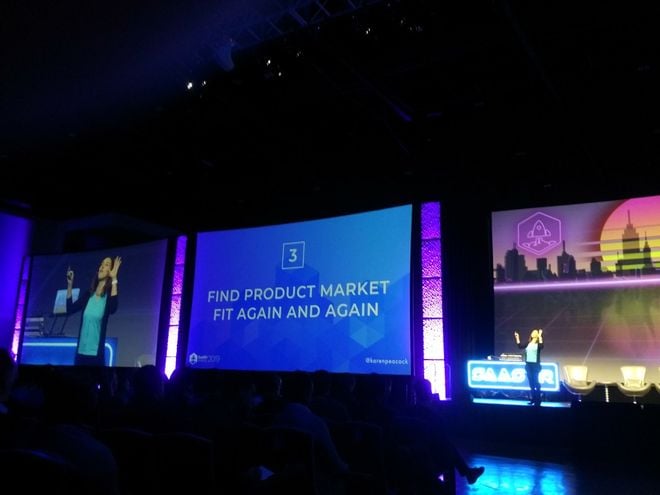
On HR
While hiring someone for a brand new position that hasn't existed on your team up to that point, it’s worthwhile to interview 3 best-in-class specialists in that role in order to have more realistic expectations for your new hire.
While developing your staff, it’s important to focus on developing their strengths instead of eliminating weaknesses.
This often came up in marketing and CS presentations. So if you’re an HR specialist reading this, don’t despair – we have more useful information for you in the next section.
On Customer Success
According to the CEO of Zendesk (ARR 800M), empathy plays a key role. During scaling, CS processes move from the abstract “make the customer happy” to “ensure, ensure, ensure”: ensure that the customers are aware of their options; ensure that they’re using the tools they need; ensure that they have proper training for the tool, etc. This is what proactive work with your customers looks like.
Sandy Carter, vice president of Amazon Web Services, gave an interesting presentation on the tech juggernaut’s interpretation of customer-centric thinking. We all know it’s important to listen to your clients' needs instead of offering a solution because the technology is cool – but we often do the latter anyway. Amazon implemented an extraordinary step in this direction: they write the press release for the new feature even before starting the coding process. This step forces them to think about the value offer from the start, and anticipate specific questions the clients might have about the new feature.
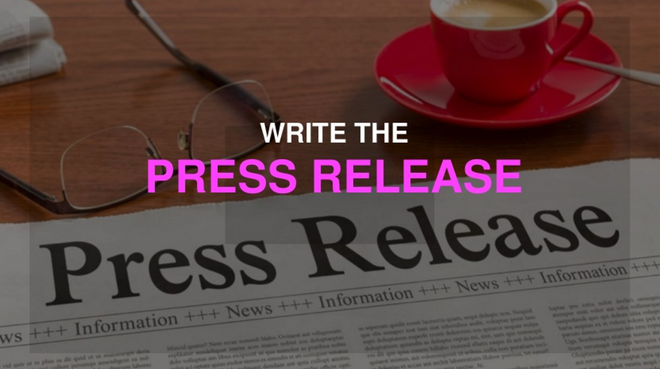
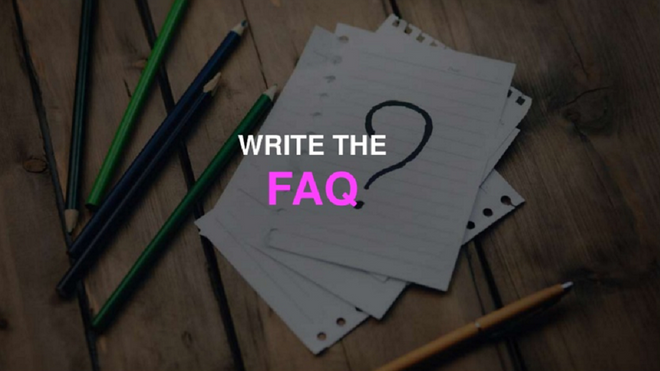
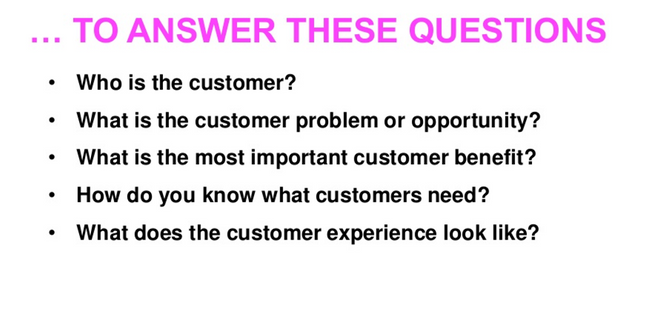
Gillian Helta, senior VP of customer support at TalkDesk, gave a very informative talk on how to achieve 130% Net Retention.
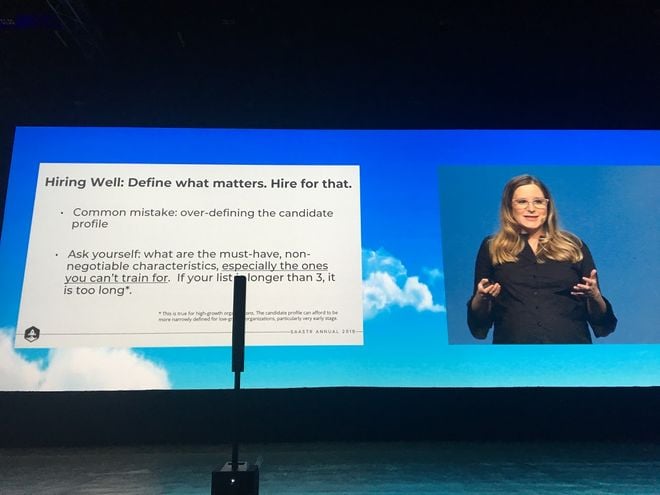
Business and pricing models should promote growth, not exist independently.
Client and CSM shouldn’t spend too much time on operations
The client needs a good reason not to leave: satisfaction, value of the product, the cost of switching plans, etc.
CSM should be supported, subordinate, stimulated.
Hiring: determine what you need from the candidate and only include the most important points in the job description. A common mistake is a bloated job posting, where it’s difficult to tell the essential qualifications from the secondary ones. What are the non-negotiable characteristics that can’t be taught to your existing team members? If the list is longer than 3 items, your job description is too long.
The customer’s journey begins before the customer becomes your client.
Proactive support involves anticipating the problem, not solving it.
Create a culture of personal responsibility. The whole company is responsible for the client’s success. Make the whole team aware of losing a client: set up company-wide email notifications, mass alerts, etc.
The client always needs to know they’ll be heard (the client’s trust and loyalty creates brand advocates).
Incentivize your CSM team: non-material motivators are often more effective than monetary incentives.
Lower sales barriers: It’s important to always check whether additional features of your product are easy to enable, whether it’s easy to switch plans, set up an integration, etc.
More on hiring. There are three main traits that are hard to develop: curiosity, perseverance and charisma. These people should be hired right away.
Interact with your customers as often as possible.
We jotted down the key moments of her presentation:
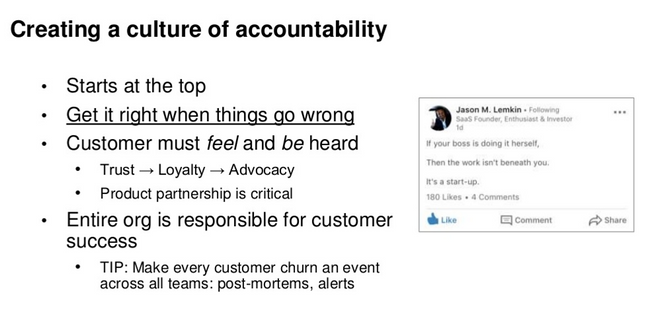
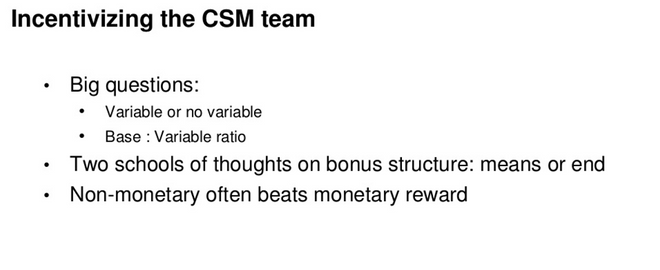
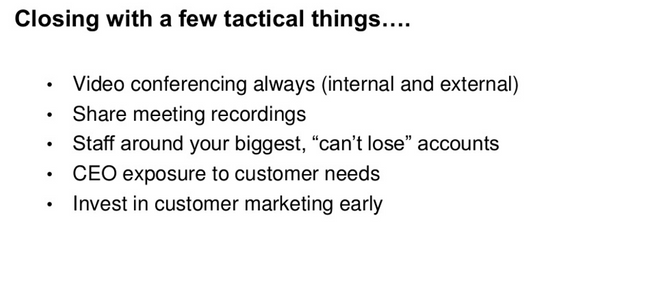
Leela Srinivasan from Survey Monkey shared 7 tips for using customer feedback to create brand ambassadors.
Important decisions by the company’s C-suite, changes in structure and business model all need to be communicated to the clients. Before sharing this information, try to predict the customers’ reaction and develop several response scenarios.
Think of customer feedback as enriching your company with new important data: What if you could actually know what your clients are thinking? Create a detailed CJM and add so-called “listening posts” to all the hotspots (tools for evaluating customer service on both the individual and team level, as well as defining the client’s needs that are being met or ignored.)
Use feedback to surprise and delight your clients: pay attention to their opinion of your product offers to turn fans into brand ambassadors.
Use feedback for user-generated content. Users need two types of feedback: what their colleagues think and what their clients think.
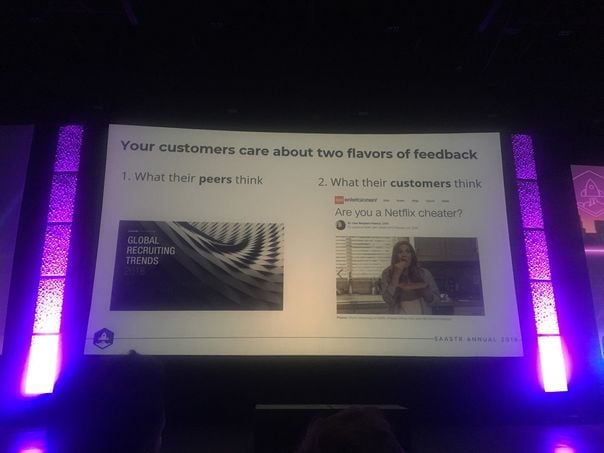
Describe price plans using real customer reviews: what are they really paying for?
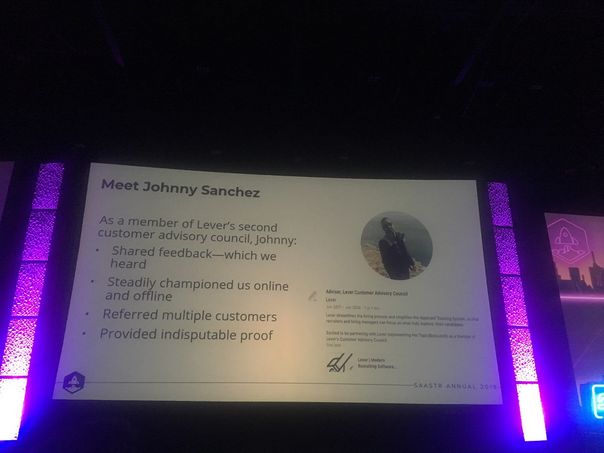
Use feedback to create an effective customer growth cycle.
Use customer feedback to create loyal internal brand advocates.
Networking and knowledge sharing
In addition to all the sessions, panel discussions and presentations, it was awesome meeting other SaaS company representatives. We all encounter the same challenges in our daily work, so SaaStr helped us share the solutions with others. The annual SaaStr event brings together professionals from all over the world, and we feel like one big family. It’s worth tipping the hat off to the organizers of SaaStr Annual who creates this friendly atmosphere. Besides perfect logistical execution, it was also a hip and informative event with all the cool hacks useful to any event planner.
For example, there was a giant job board in the central hall, where anyone looking for work or new hires could pin a job posting or a resume. We saw how effective this was firsthand: people were actively using the board, took photos of postings that interested them, set up meetings and held impromptu interviews.
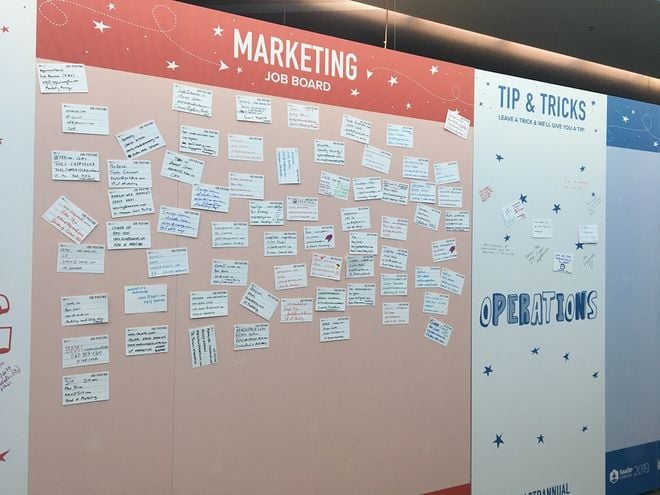
The Brella app matched the attendees’ interests and allowed you to set up meetings with your closest matches by job title, interests, industry, etc. This is how we met the CMO of Sprout Social, one of our competitors on the international market, as well as other cool SaaS teams.
After this event, we realized that 30 minutes is the optimal duration of any kind of session, whether it’s a panel, a single-speaker presentation or a Q&A. We’ll keep this in mind for our own future events. You can easily fit all the key ideas into a half-hour.
Apps like sli.do are really handy for Q&A sessions: participants don’t have to raise their hand and shout their questions from opposite sides of the room. Instead, they simply submit their question in the app, and the speaker is guaranteed to see it on their screen and answer it.
In conclusion, we’ll once again say that it's been a great experience travelling to SF and attending this awesome conference. We sometimes ask ourselves whether these trips are worth the cost – travel and accommodation expenses for the executive team in the U.S. are not cheap – but once we all get together to debrief and share our experiences and decide what applies to our future work at YouScan, it all seems worth it. We’ll definitely be back next year; and we’re also planning to hit up other SaaS conferences: SaaStock in Dublin, the European branch of SaaStr in Paris. And, of course, we’ll be sharing our learnings from those conferences with you.
And now, congratulations are in order – you made it to the end of this longread! Thanks so much for taking the time to read about our insights. Please share any thoughts or comments, we love hearing from you!



.png)